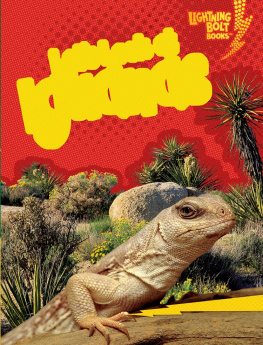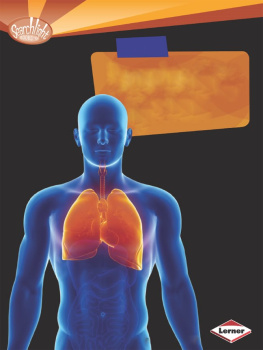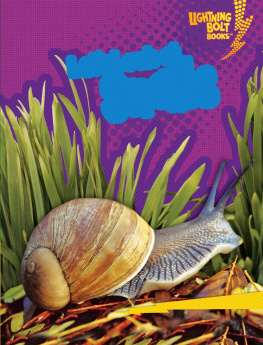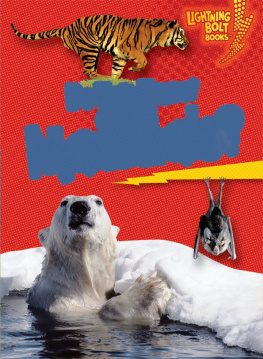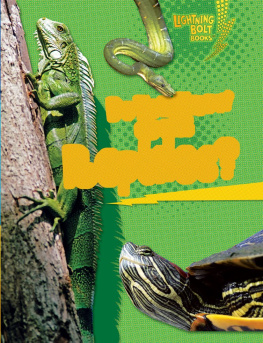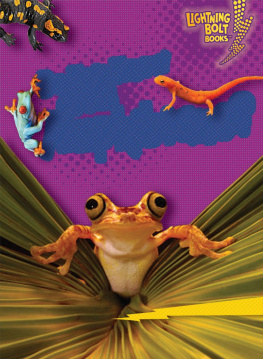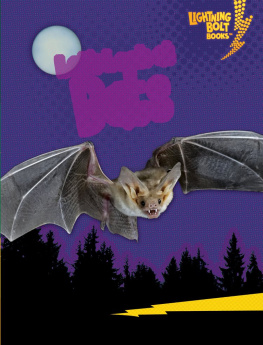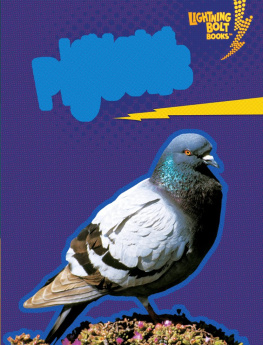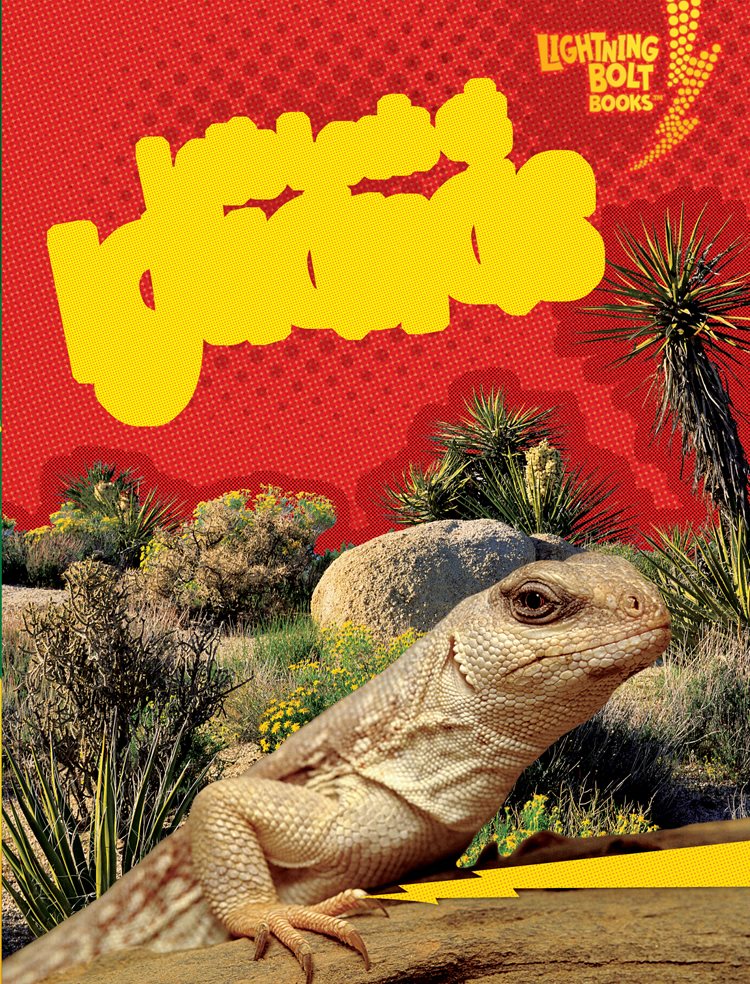Let's Look at
Iguanas
Judith Jango-Cohen
Copyright 2010 by Judith Jango-Cohen
All rights reserved. International copyright secured. No part of this book may be reproduced, stored in
a retrieval system, or transmitted in any form or by any meanselectronic, mechanical, photocopying,
recording, or otherwisewithout the prior written permission of Lerner Publishing Group, Inc., except
for the inclusion of brief quotations in an acknowledged review.
Lerner Publications Company
A division of Lerner Publishing Group, Inc.
241 First Avenue North
Minneapolis, MN 55401 U.S.A.
Website address: www.lernerbooks.com
Library of Congress Cataloging-in-Publication Data
Jango-Cohen, Judith.
Lets look at iguanas / by Judith Jango-Cohen.
p. cm. (Lightning Bolt BooksTMAnimal close-ups)
Includes index.
ISBN 978-0-7613-3888-8 (lib. bdg. : alk. paper)
1. Desert iguanaJuvenile literature. I. Title.
QL666.L25J36 2010
597.95421754dc22 2008051857
Manufactured in the United States of America
1 2 3 4 5 6 BP 15 14 13 12 11 10
Contents
page
page
page
page
page
page
page
page
page
page
A Scaly
Reptile
Look at those claws and
that bumpy skin! Is this
a dinosaur?
No! This
animal is
an iguana.
Iguanas are
reptiles.
Some reptiles have short,
stubby legslike this
iguana. Other reptiles, like
snakes, have no legs at all.
Reptiles have scaly skin.
Scales are hard like your nails.
They help hold in water.
Hard scales protect iguanas
and other reptiles.
With scaly skin, reptiles can
live in dry places. They can
live in hot places too. Where
do iguanas live?
Hot places make good
homes for some iguanas.
These iguanas live near
the sea. Other iguanas
live in rain forests.
Desertiguanasliveinthehotanddrydesert.
Desert iguanas live in the deserts
of the southwestern United
States and northern Mexico.
Basking
Iguanas
Most desert animals rest in the
shade in the hot afternoon.
What do desert iguanas do?
Desert iguanas bask in the sun
in the hot afternoon.
Iguanas bask to stay warm.
Iguanas are ectotherms.
Ectotherms cannot make their
own body heat. Their body
heat changes to match the
warmth or cold around them.
This iguana lies on a
warm rock in the sun.
An iguana cools
off in the shade.
Climbing
Iguanas
Even a desert iguana can get
too hot. Then it climbs into a
shady bush to cool off.
The iguana uses its claws to
climb. The claws of an iguana
are sharp. They grip the bark.
An iguanas sharp claws
allow it to easily hold
onto branches.
Aniguanafindsfoodinthebushes.
Desert iguanas eat leaves,
fruits, and flowers.
This iguana has a
mouthful of cactus!
Iguana
Territories
An iguana eats and
basks in its territory.
A territory is an iguanas
very own place. An
iguana keeps other iguanas
out of its territory.
An iguana keeps a sharp
eye out for other
animals in its territory.
A desert iguana can be hard
to see in its territory. The
iguanas skin blends in with
the stones, sand, and trees.
Animals that blend in
with their background are
camouflaged.
Can you find the
camouflaged iguana
hiding here?
Iguana
Predators
A camouflaged iguana can
hide from predators. Predators
are animals that hunt and
eat other animals.
Roadrunners
hunt and eat
iguanas.
An iguana can fight
predators with its claws.
Itcanalsoflickitstaillikeawhip.
An iguana may run if it does
not want to fight. But what
if a predator grabs the
iguana by the tail?

